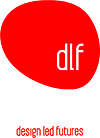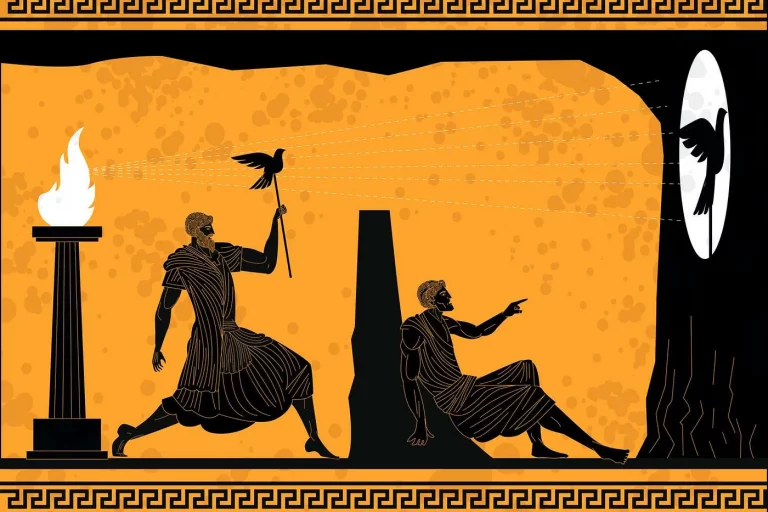Design led futures
“Prototyping – whether conceptual or physical – makes for possible contextual scenarios in the foresight-sense to give rise to possible scenarios-of-use in the user centred design-sense. As such, in foresight activities these designs not only help to evoke more in-depth qualitative reflections from stakeholders, they can also give direct leads as to how to take up certain strategic challenges posed by the scenario, thereby co-creating new value(s).
In ways reminiscent of experimental projects by Philips Design as well as the EU research project Designing for Future Needs (see also here), and with a time horizon of about 10 years, industry partners and students at Victoria University of Wellington School of Design in New Zealand envisioned future solutions in an initiative titled Design Led Futures.
Professor Simon Fraser started it in order to challenge students “to step back from the constraints of daily practice, to look beyond the immediate product, to look at it in context, and to investigate the broader issues that surround it – human issues, issues of society, culture and behaviour – including emotional issues that are fundamental to industrial design as a discipline.”
So far three projects have been concluded, in which the focus lay explicitly upon the overall experience rather than the mere object of design :
- Domestic Bliss: students were required to create a new understanding of the role that appliances (such as fridges, washing machines and cookers) might play in the architecture and culture of the home
- Inside-Out: project on the theme of outdoor living and the role that appliances might play in making this possible and pleasurable
- Energising Water: project to explore and create a new understanding of the base material of water by creatively applying existing or new, specifically developed technologies
Check out the fascinating concepts that students developed.”




